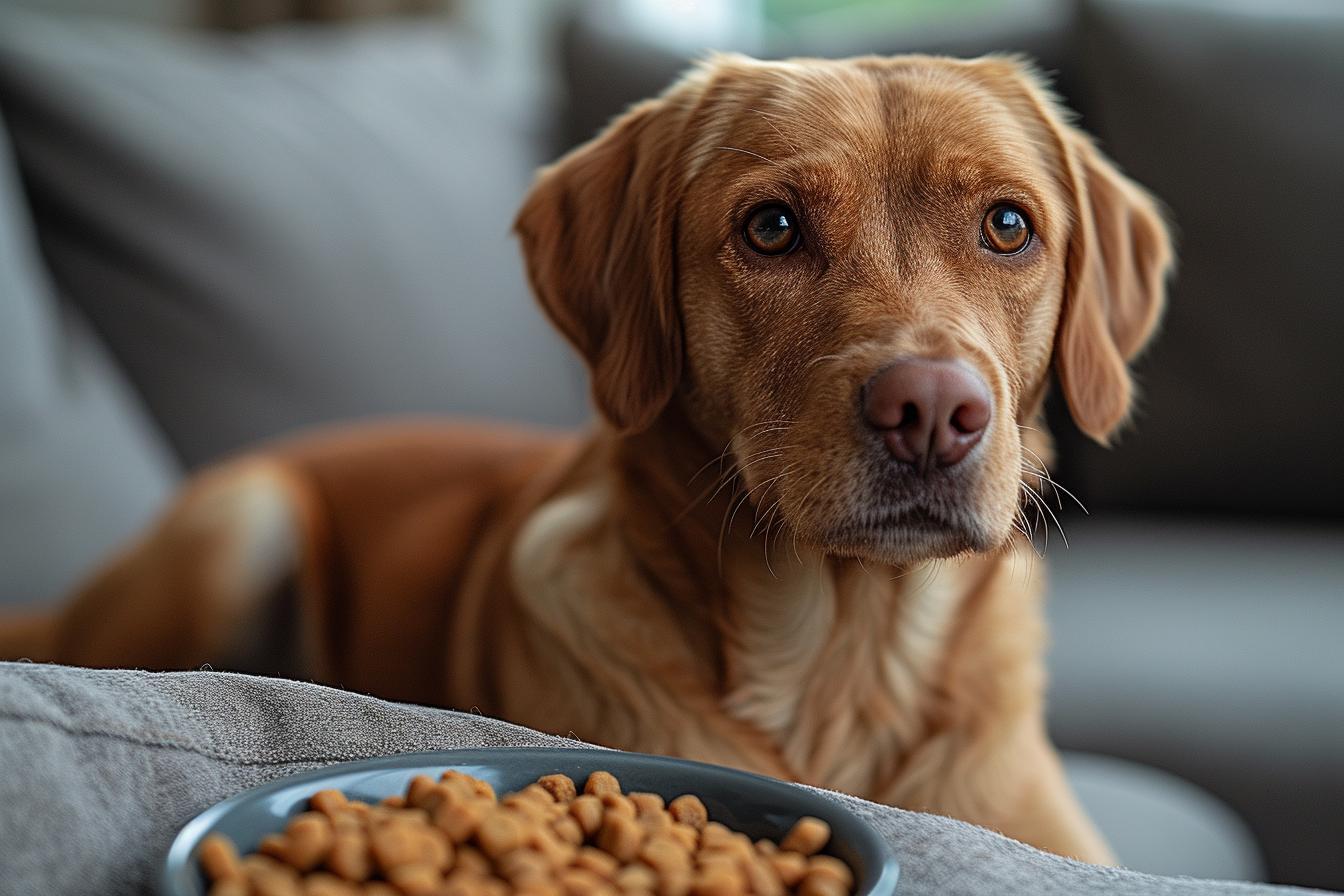When it comes to taking care of our loyal four-legged companions, sterilization is often recommended for health and behavioral reasons. But did you know that after such a procedure, your dog’s needs change significantly? Special attention must be given to proper nutrition for a sterilized dog. This is a crucial topic for owners who want to maintain their animal’s well-being and weight. From modified energy needs to increased risk of weight gain, understanding how to properly feed a sterilized dog is essential. Fortunately, there are practical tips and meal ideas that can help balance your companion’s diet. So let’s approach these topics with a attentive and caring outlook for the well-being of our beloved canines.
The specifics of a sterilized dog’s diet
Sterilization slows down a dog’s metabolism, thus reducing their daily energy needs. This new condition means that even slight overfeeding can lead to weight gain or obesity. It is therefore vital to understand that each meal must be adapted to meet these changes. A less calorie-dense but nutrient-rich diet is essential to prevent the risk of weight gain, which can lead to major health problems in sterilized dogs.
The importance of targeted nutrition
Choosing food specifically designed for sterilized dogs, with fewer calories but high in quality protein content, helps maintain a healthy muscle mass while preventing fat accumulation. These foods should provide all essential nutrients without excess energy, often requiring a specially formulated diet for sterilized canines.
Practical tips for feeding a sterilized dog
Meals should be spread throughout the day to prevent hunger spikes and help regulate blood sugar levels. It is important to adjust the daily portion not only based on your dog’s ideal weight but also their age, size, and level of physical activity. Regular exercise is also a valuable ally in boosting metabolism and burning excess calories. Don’t hesitate to consult your veterinarian for personalized recommendations to best adjust your dog’s diet.
Well-balanced meal ideas for sterilized dogs
You can vary the pleasures while maintaining a balanced diet with options such as special sterilized dog kibble, canned food, or even homemade meals, as long as the necessary nutritional intake is respected. Ingredients such as cooked vegetables, rice, and a source of lean protein can compose healthy homemade meals, as long as the proportions and nutritional complementarity are adapted.
In the end, the dietary balance of a sterilized dog relies on a series of thoughtful choices tailored to their unique needs. A less calorie-dense but nutritious diet, combined with an active lifestyle, is crucial for their health. Never forget to vary the meals and regularly consult your veterinarian for dietary adjustments and personalized advice, ensuring a happy and healthy life for your loyal companion.







